- Home |
- Working Groups
Working Groups
BCoE Stream Restoration Working Group
John J. Ramirez, Avila, James L. Martin, Eddy J. Langendoen, Sandra L. Ortega-Achury, Tim Schauwecker, Joby Czarnecky, Cory Gallo
The Stream restoration Working Group (SRWG) aims to pursue research opportunities and leadership roles in generating technical and scientific findings in the field of stream restoration. This working group is leading efforts to establish the Stream Restoration Program at the Bagley College of Engineering in Mississippi State University. We are searching on integrating a team of faculty, staff and students coordinating efforts to improve water quality and aquatic ecology in streams and wetlands through research, demonstration projects, and education. Research opportunities pursued by and awarded to the SRWG are oriented to generate technical and scientific findings in the field of stream hydrology, stream hydraulics, stream ecology, and stream restoration. The working group will continue the active research efforts on the Red Bud‐Catalpa Creek Watershed at the Mississippi State University campus and the MAFES Experimental Station, among other sites. Funding agencies have included and will include NSF, MWRRI, USGS, USDA, and EPA. The SRWG also plan on developing a technical workshop on “Stream Restoration Design Guidelines”, and complete field trips to research and restoration sites. The working group is integrated by several faculty members from the Bagley College of Engineering and the College of Agricultural and Life Sciences, technically supported by the Center of Excellence for Watershed Management, the Mississippi Water Resources Research Institute, the Mississippi Department of Environmental Quality, and the USDA‐ARS National Sedimentation Laboratory.

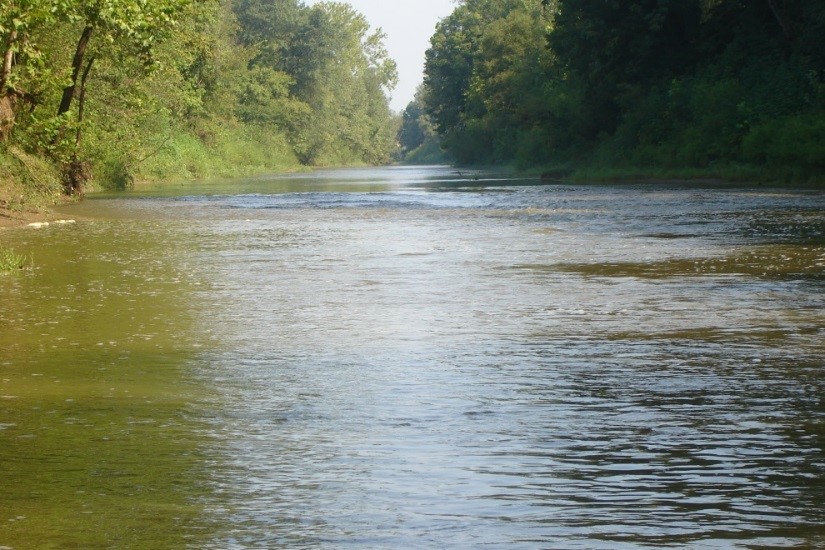
BCoE Healthy Watersheds Working Group
John J. Ramirez, Avila, Sandra L. Ortega-Achury, Martin Locke, James L. Martin, Tim Schauwecker, Larry Oldham
The Healthy Watersheds Working Group (HWWG) has focused and will continue focusing its efforts on advancing and establishing research, education and demonstration projects in hydrology, geosciences, and biology, aimed to i) generate technical and scientific support for the assessment, management and protection of water and ecosystems quality; and, ii) to investigate and develop predictive models for pollutant cycling and the evaluation of impacts of urban, agricultural, and forest landscapes management. Funding agencies have included and will keep including NSF, USDA, USGS, MWWRI, and EPA.
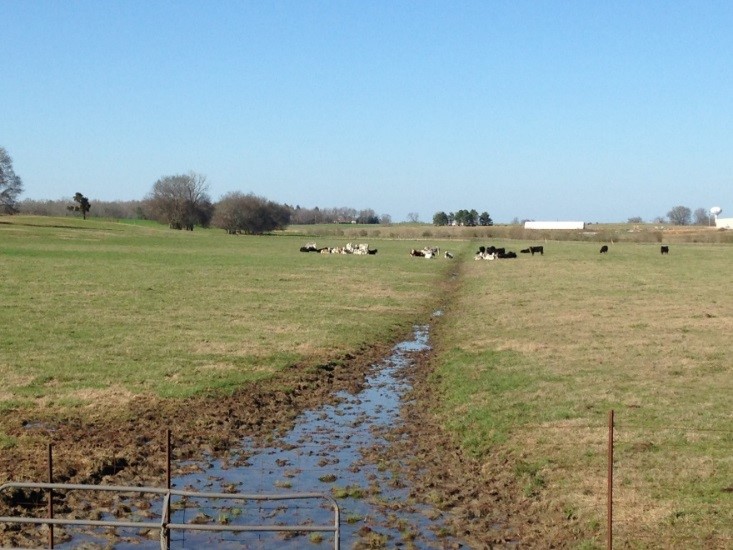
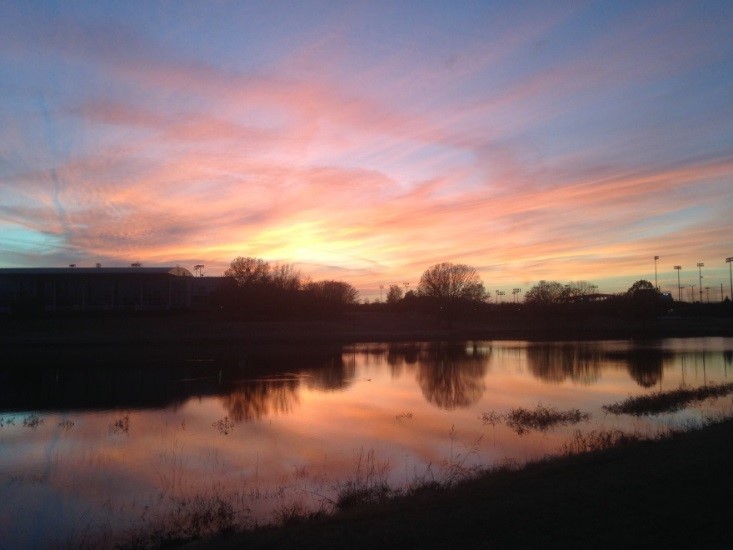
Steering Team - Water Resources Management Plan Red Bud-Catalpa Creek Watershed
Wes Burger, Reuben Moore, Beth Baker, Joby Czarnecki, Tim Schauwecker, John J. Ramirez-Avila, Wally Cade, David Brunson, Jeff Lee, Patrick Vowell
The Water Resources Management Plan for the Red Bud - Catalpa Creek Watershed is the result of a highly collaborative, volunteer effort on the part of over 30 faculty and administrators at Mississippi State University (MSU) and over 10 staff with the Mississippi Department of Environmental Quality (MDEQ), U.S.D.A. Natural Resources Conservation Service (NRCS), Mississippi Soil & Water Conservation Commission (MSWCC), and the Oktibbeha County Soil & Water Conservation District (OCSWCD).
Water Resources Management Plan for the Red Bud-Catalpa Creek Watershed
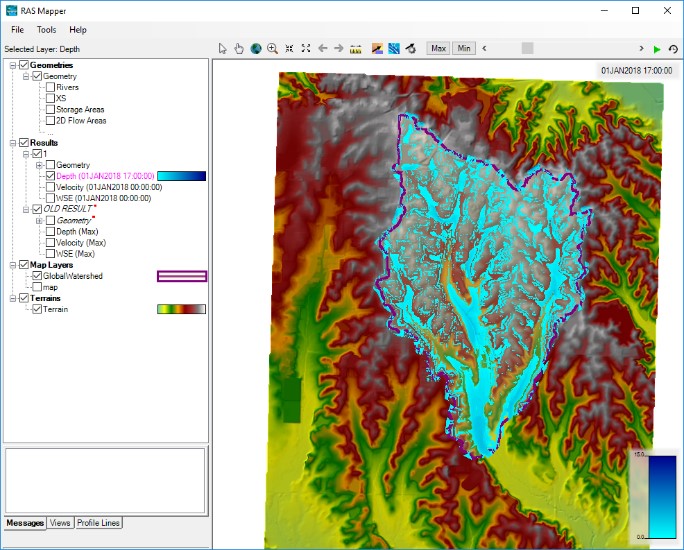
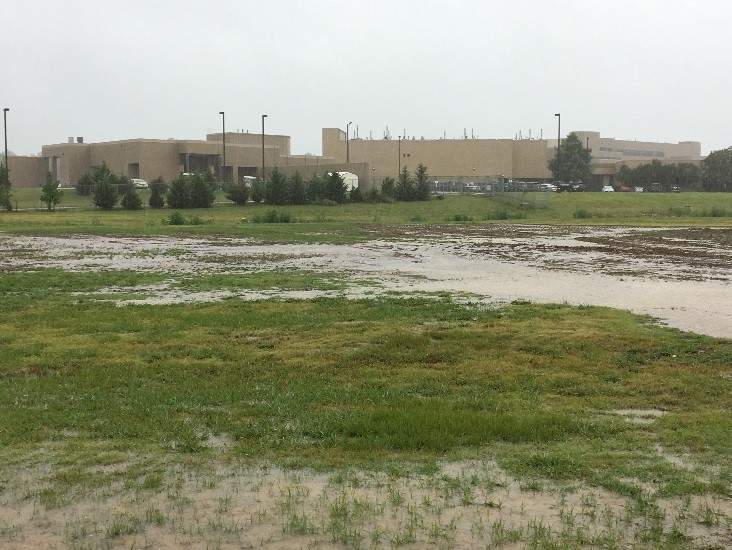
International Working Group: Comparative Analysis of Watershed Management
Planning and Processes
Tim Schauwecker, Joby Czarnecky, John J. Ramirez-Avila, Filippo Gravagno, Giusy Pappalardo
Successful water resource management is predicated on stakeholder involvement. Stakeholder engagement has been identified as crucial to the success of watershed management programs in both Mississippi and Catania (Italy). The Red Bud-Catalpa Creek watershed project is only in its infancy and we have much to learn from those who are farther down the path. The Simeto River watershed (Catania) provides an example of a project which had similar beginnings (albeit with different drivers) and to date has more experience in dealing with stakeholder engagement. There is much that researchers at MSU could learn from the experience of our colleagues at the University of Catania. Through collaborative research and a comparison of methods in differing environmental, political, and economic conditions, we can improve the means by which stakeholders are engaged in the planning process, the techniques that are used to gather and disseminate data, and the methods used in the field to accomplish the water quality and habitat restoration goals that are unique to each individual watershed.
This working group would focuses on developing methods which inform how we engage stakeholders in watershed management. The Working Group goal is to summarize these processes and compare and contrast the successes and failures of each. We would strive to (1) create an informed citizenry, which is key to protecting water resources as literature documents that ignorance of the ecosystem services provided by water resources is indicative of inaction by stakeholders; (2) in accordance with our University missions, create experiential learning activities for citizens, watershed management practitioners, educators, and students. These tasks would allow us to augment our skills as watershed planners by sharing our experiences in the Red Bud-Catalpa Creek watershed in Mississippi and the Simeto River Watershed in Catania, and would also result in efforts which could serve society by restoring and protecting ecosystem health, ecosystem services and quality of life, and water resources within the individual watershed boundaries.
International Working Group: Sustainable Best Management Practices for Water Quality
Protection from Agriculture Nutrient Pollution in Mississippi and Puerto Rico.
John J. Ramirez-Avila, Sandra L. Ortega-Achury, Larry Oldham, David Sotomayor, Gustavo Martinez
Nutrient runoff from the landscape continues to be one of the major causes of water quality impairment in the United States, its territories (e.g. Puerto Rico) and other many countries around the world. What is not as clear, however, is the relative contribution of agricultural nutrients to total inputs from urban, municipal and many other sources. Thus, there continues to be a need for information on the fate and transport of nutrients, especially phosphorus (P) and as appropriate nitrogen (N), where water quality is concerned, in order to develop and implement efficient and cost-effective best management practices (BMPs) to reduce the potential for loss.
Many environmental concerns in agricultural production are associated to nutrient management. Water resources in agricultural areas (i.e. crops and livestock) that have been identified as impaired by sediments and nutrients (N, P), are part of priority watersheds for water quality protection from contamination by nutrients in Mississippi and Puerto Rico. States and national agencies are presently collaborating to develop Numeric Nutrient Criteria (NNC), which together with the provisions of the recently revised NRCS 590 Nutrient Management Standard would result in the implementation of different actions and Best Management Practices (BMPs) to minimize agricultural non-point source pollution of surface and groundwater, and to remove identified impairments in an important number of waters in the United States and its associated territories. For areas of agricultural production in Mississippi and Puerto Rico there are in progress, but have been very limited, investigations to quantify and/or predict off-field runoff and leaching nutrient losses, and thereby, to either understand nutrient transport in the environment or determine a set of research-based BMPs that could be properly utilized by agricultural producers in meeting each proposed regulatory guideline.
The overall long-term goal of this working group is to provide adaptive management strategies to help agricultural producers in Mississippi and Puerto Rico maintain sustainable agriculture while protecting soil and water resources. In general terms, team members will concentrate efforts towards the generation of quantitative and qualitative information about nutrients transfer patterns and BMPs efficiency from agricultural production areas in Mississippi and Puerto Rico. This information will be used to populate implementation of most appropriate Best Management Practices to reduce nutrients and sediment contributions to waterbodies, while helping producers to properly comply with new state and national regulations. Project impacts and impact of participatory approaches will be documented and shared at multiple stakeholder levels.
Particles in the Americas (PiA)
The mission of PiA is to bring together the scientific, academic and technical community from the American continent to study, evaluate and disseminate information and knowledge across the spectrum of disciplines related to sedimentation. PiA focuses on the science, engineering, monitoring and modeling of erosion and transport of particles, and promotes activities to improve natural resources management, mitigation and reclamation decisions for the benefit of the environment and society.
